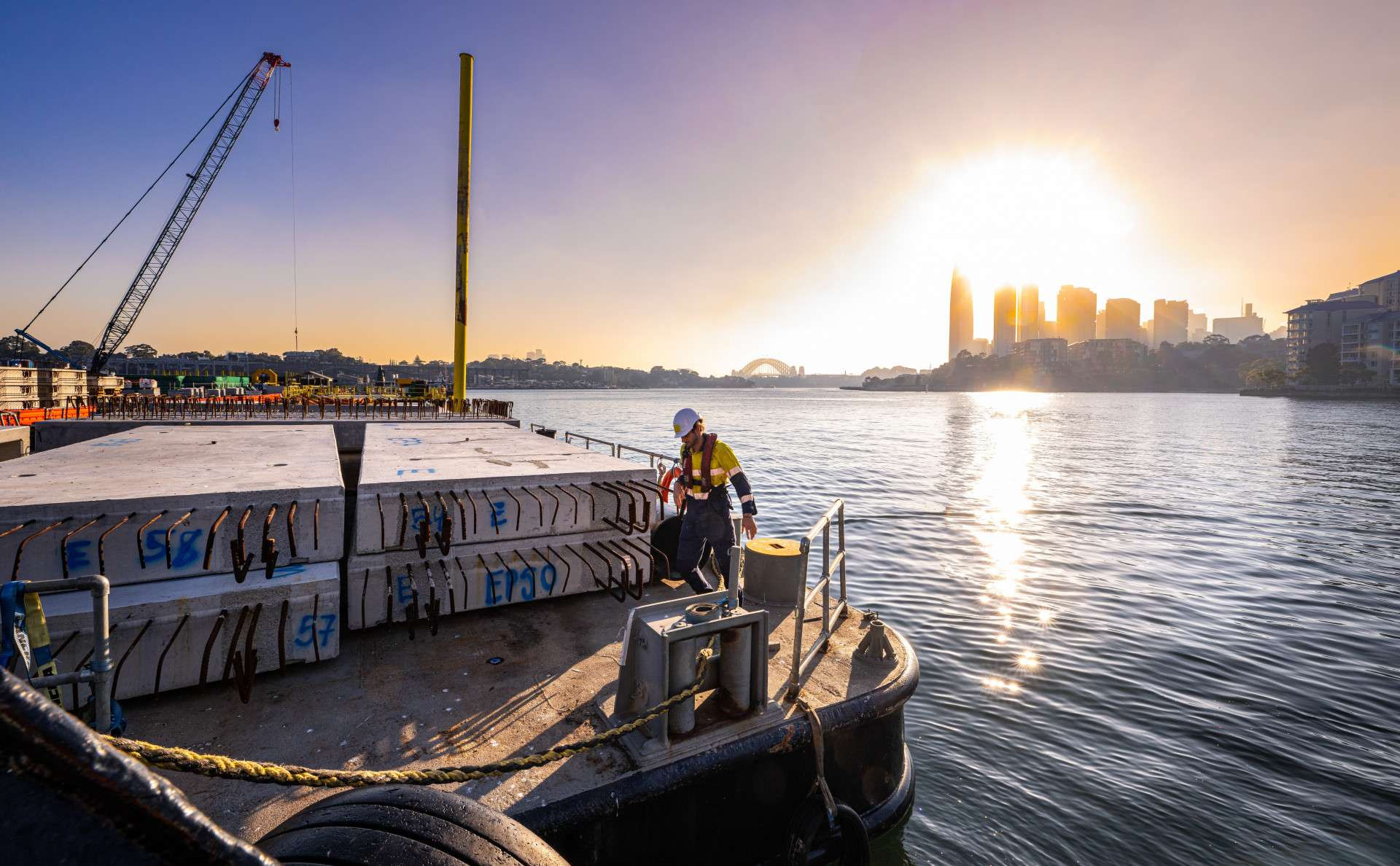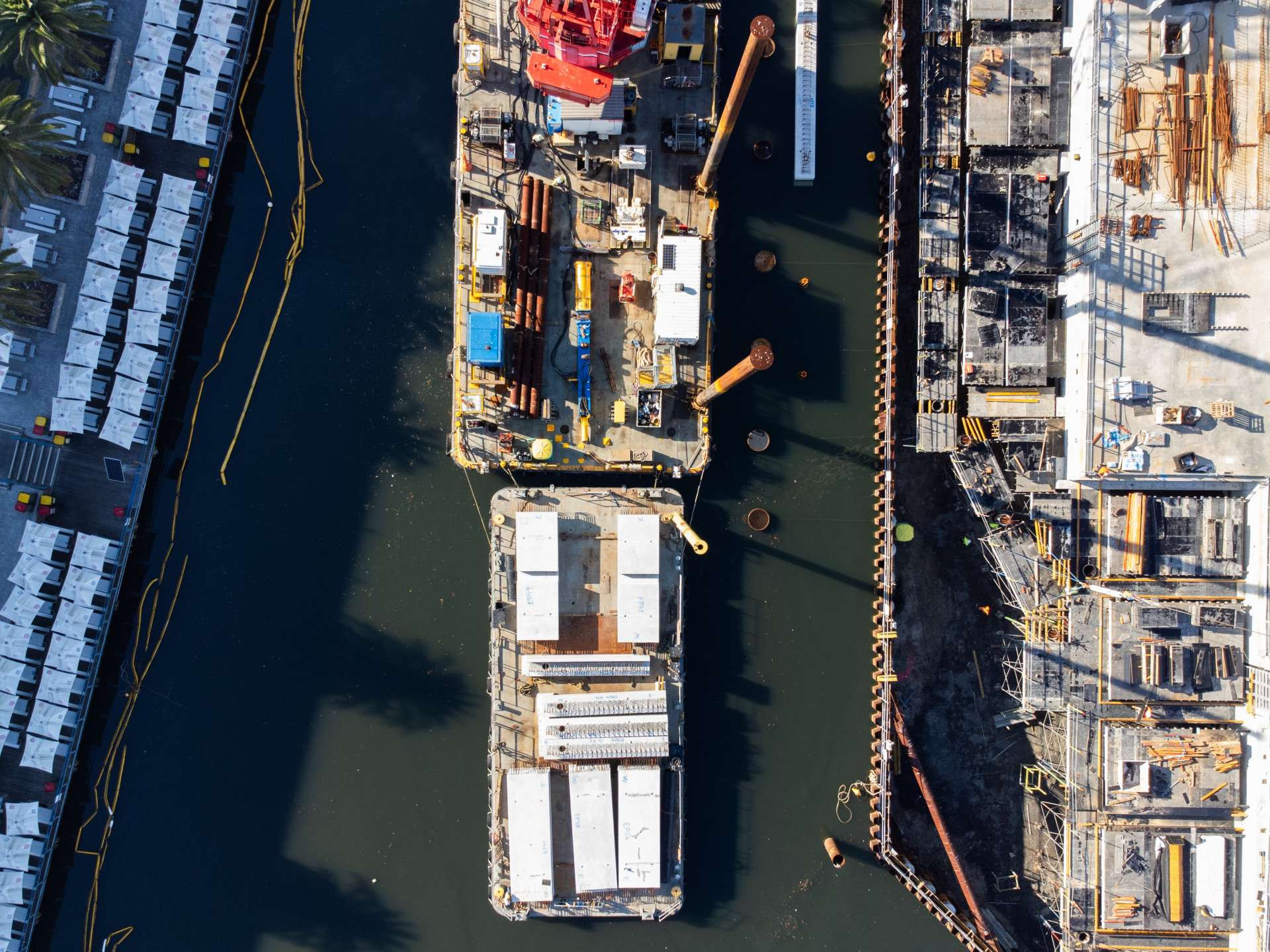Managing construction impacts
Work hours
Our standard approved working hours are 7am to 5.30pm. Monday to Friday, and 7.30am to 3.30pm on Saturdays.
Respite is the period within the working day where noisy activities, such as rock breaking, and rock hammering, will not be carried out to provide a break from the noise impacts. Noisy activities will occur between:
Monday to Friday 9am to 12pm and 1pm and 5 pm
Saturday 9am to 12pm
Due to safety and operational requirements, approval to work outside of these hours is occasionally sought. To stay informed of out of hours work, sign up to our construction updates mailing list.
It is important that noise management strategies are implemented to not only reduce impact to the community, but also to our workers who are often working at the source of the noise or vibration where it is most impactful. Some construction activities are inherently noisy and generate vibration which cannot be avoided.
A Construction Noise and Vibration Management Plan has been prepared to understand potential noise and vibration impacts during construction. It identifies measures to implement to reduce and manage potential noise and vibration impacts.
Noise and vibration monitoring is occurring on site in line with the project’s Condition of Consent.
Construction activities are guided by the new Sydney Fish Market Construction Air Quality and Dust Management Plan (CAQMP). Dust monitors are installed within the site and at three locations around the site.
Some of the dust mitigation measures implemented on site include:
intermittent wetting down of dust and loose materials
covering and wetting down of stockpiles
machine and vehicle wheels are washed before exiting site
increased measures during excessive winds and as required.
The new Sydney Fish Market project uses the Glebe Island as a local staging area for building material deliveries, storage and fabrication.
The use of Glebe Island facility allows barge transport of materials to site across the water, reducing the number of trucks on the road. This plays a significant part in the project’s commitment to reduce carbon footprint of deliveries.
Roof cassettes, promenade planks and glulam timber beams for the roof structure are loaded on the barge at Glebe Island and moved into place by crane once at site. Roof cassettes are assembled on top of a temporary steel frame structure where components are installed, eventually placed on the glulam timber frame forming the iconic roof.

